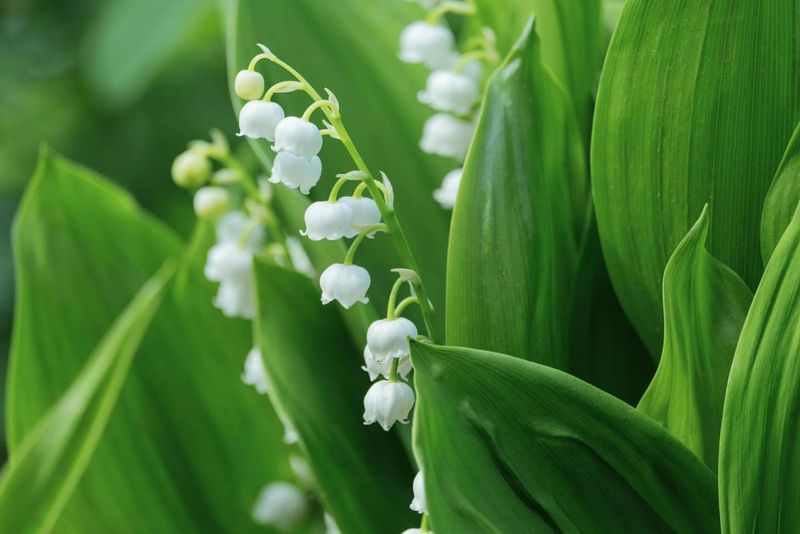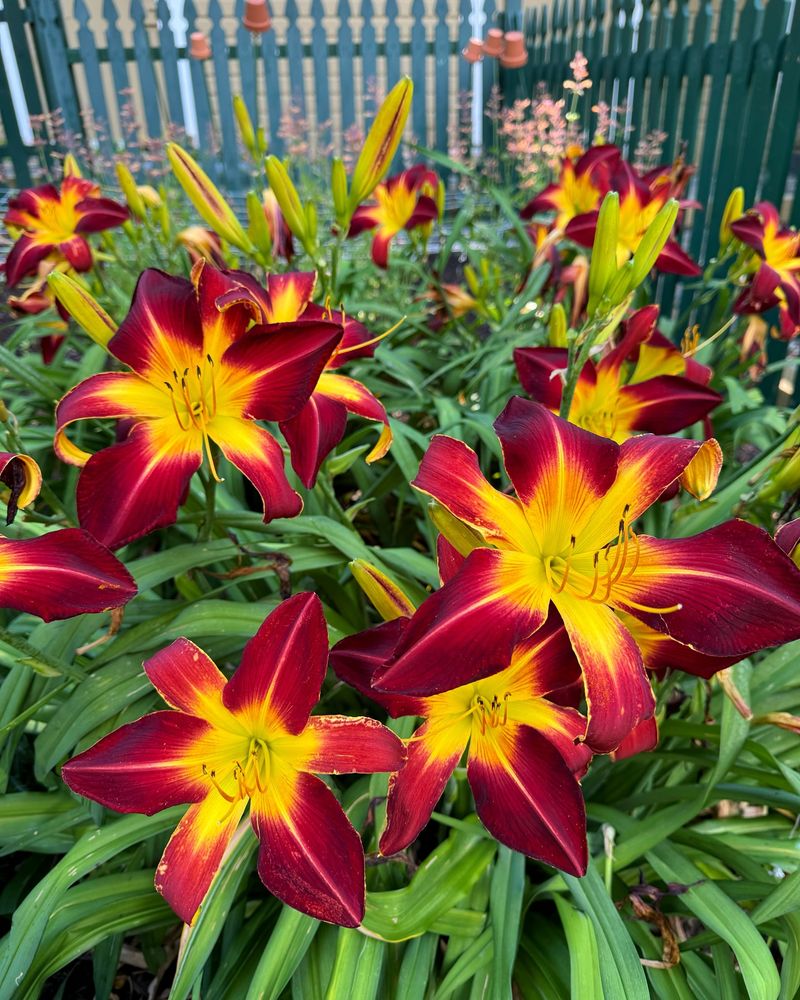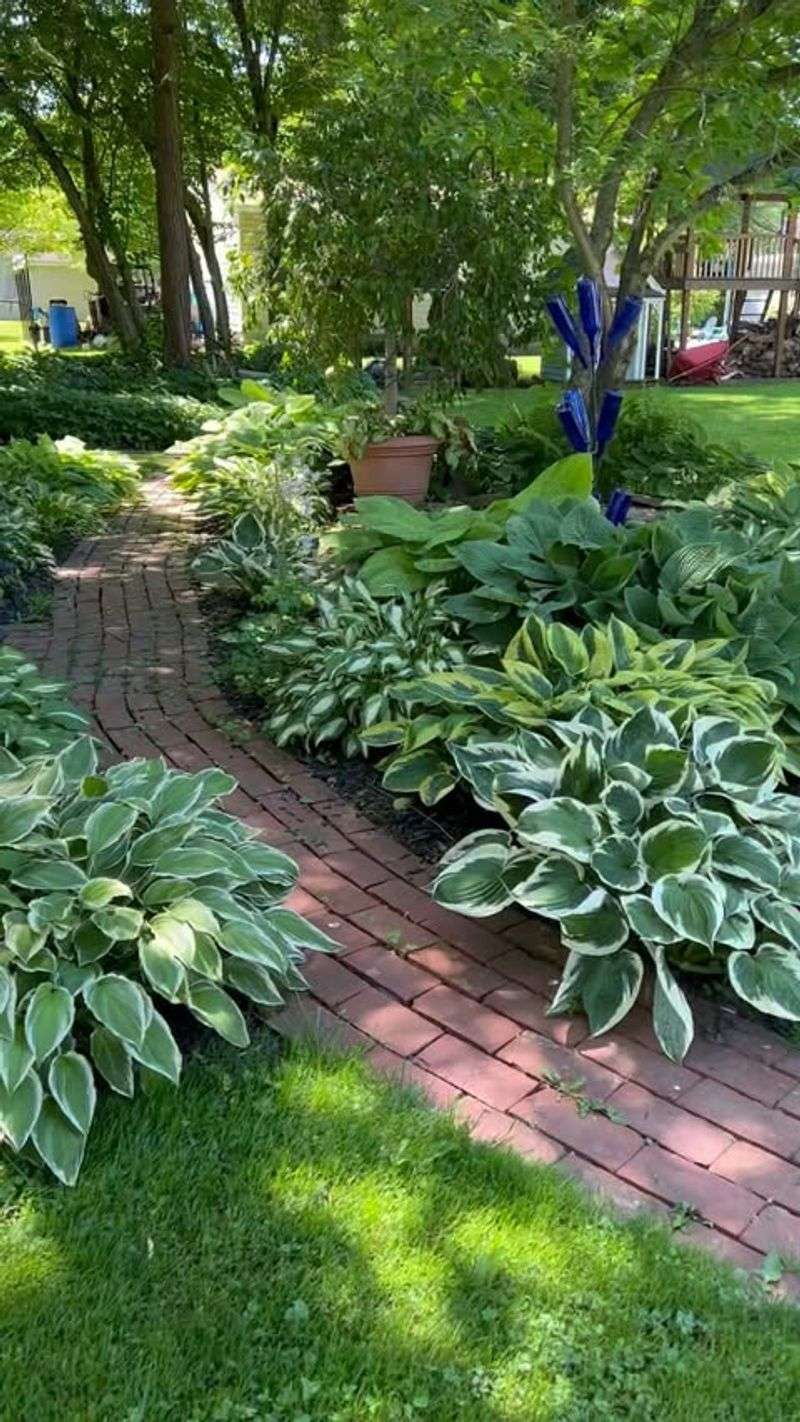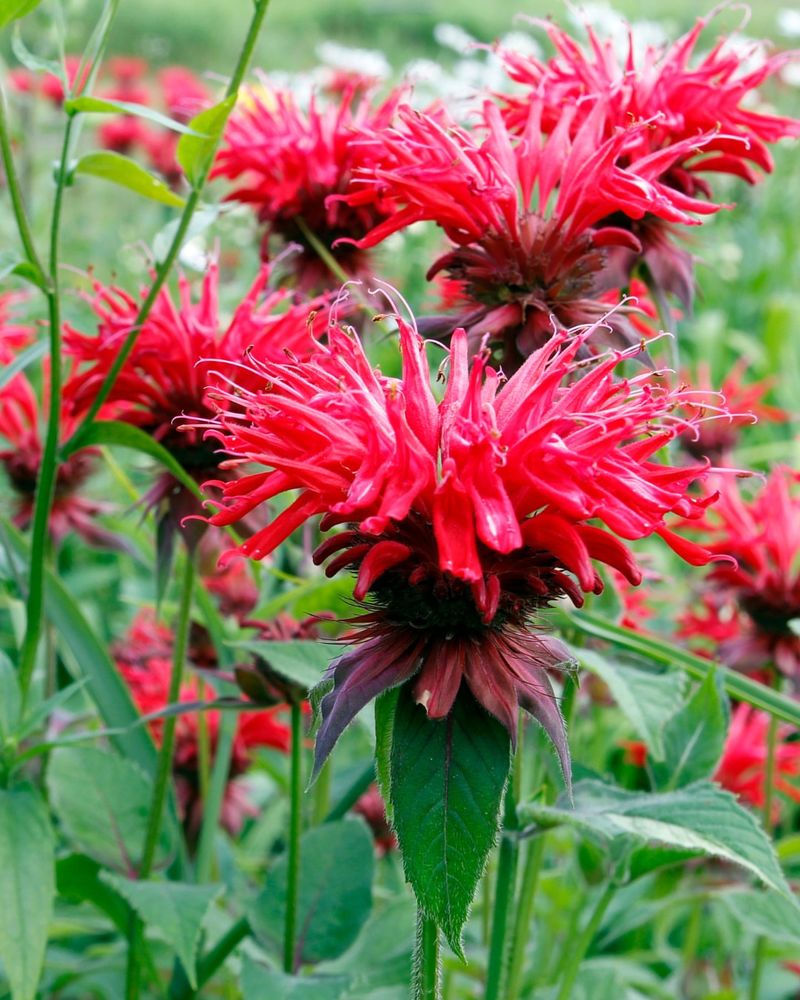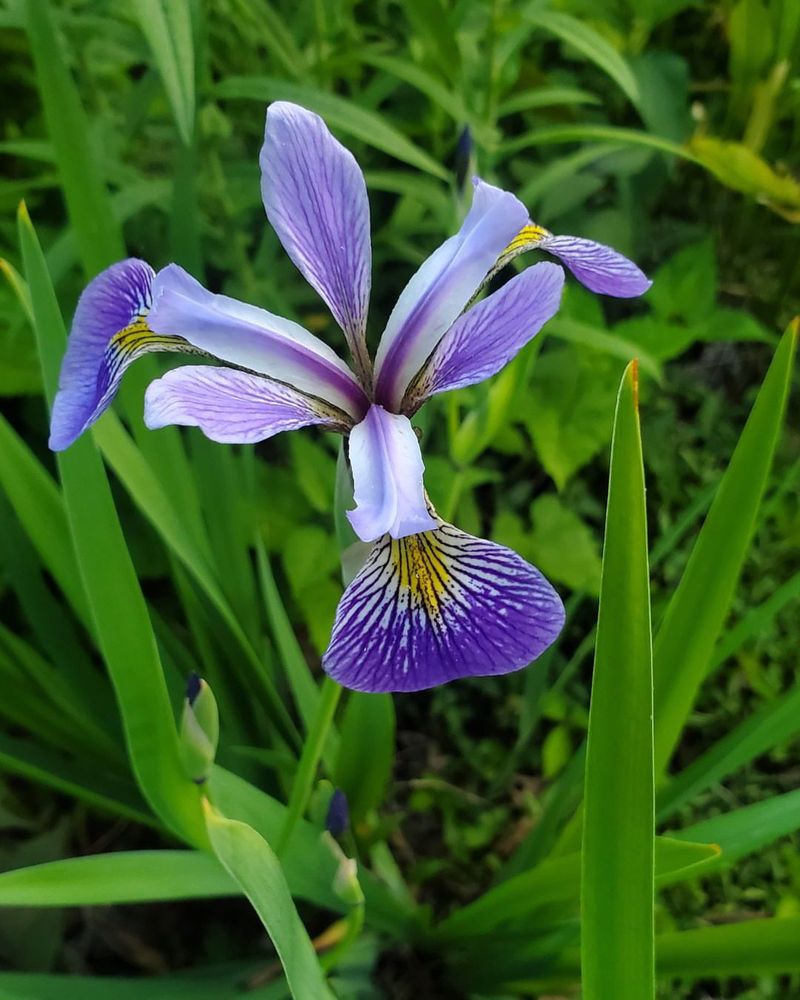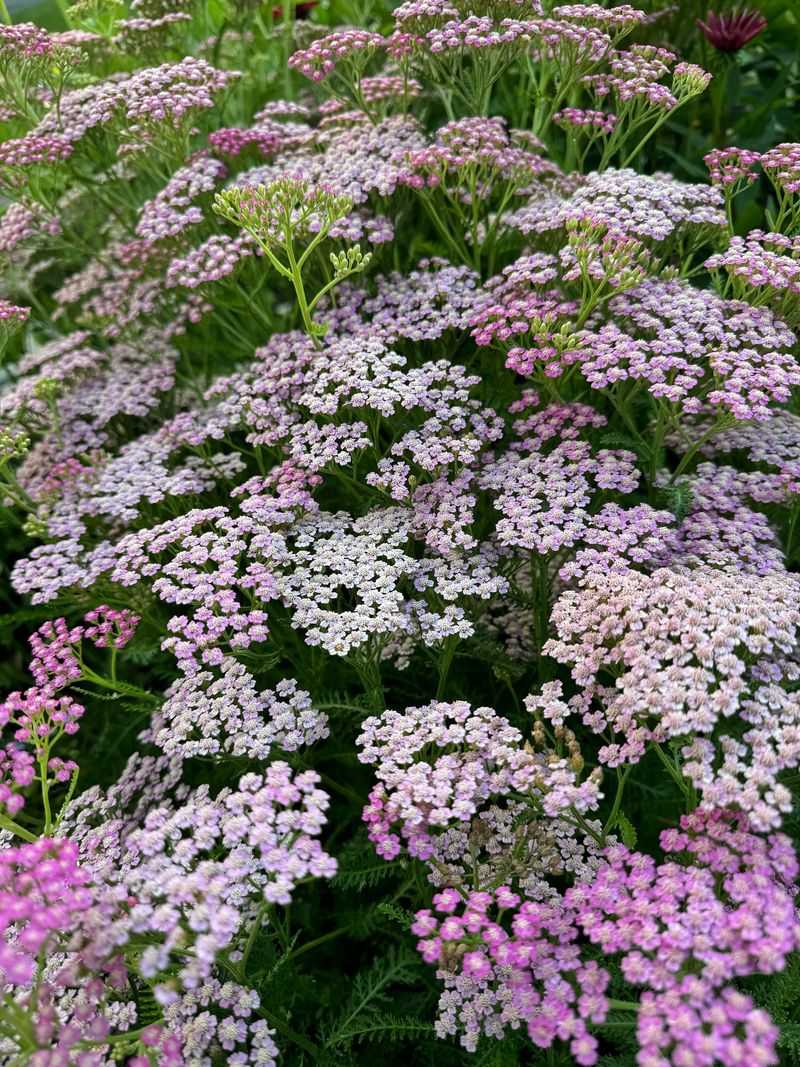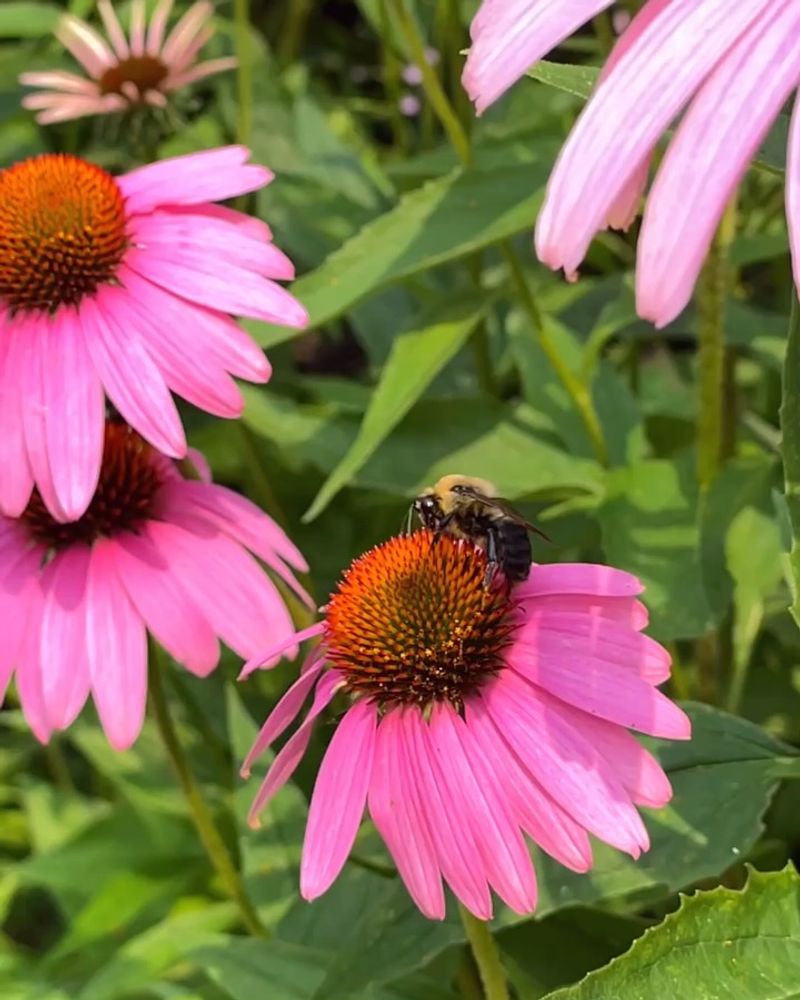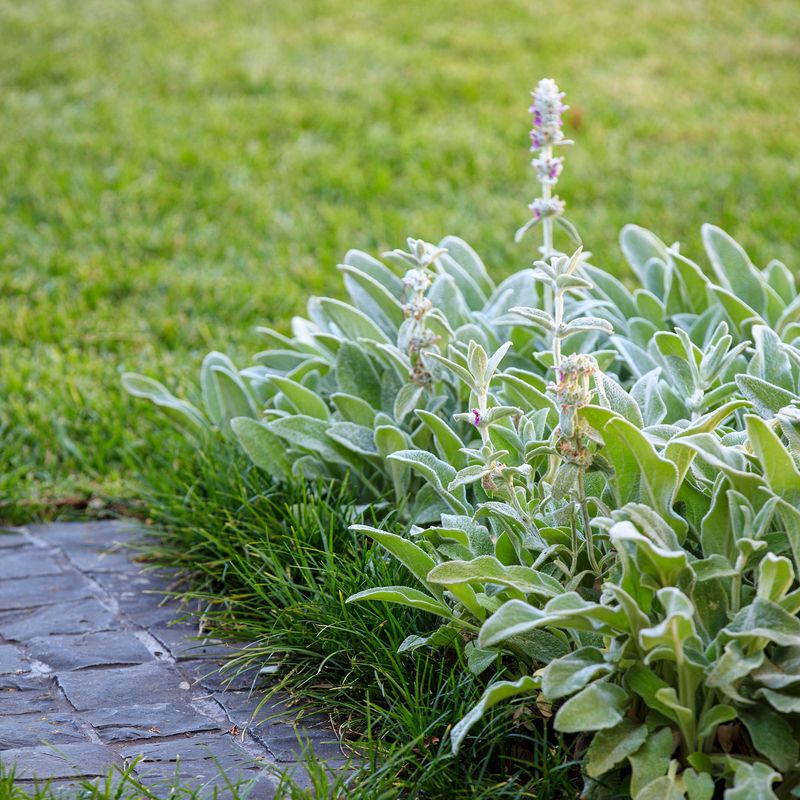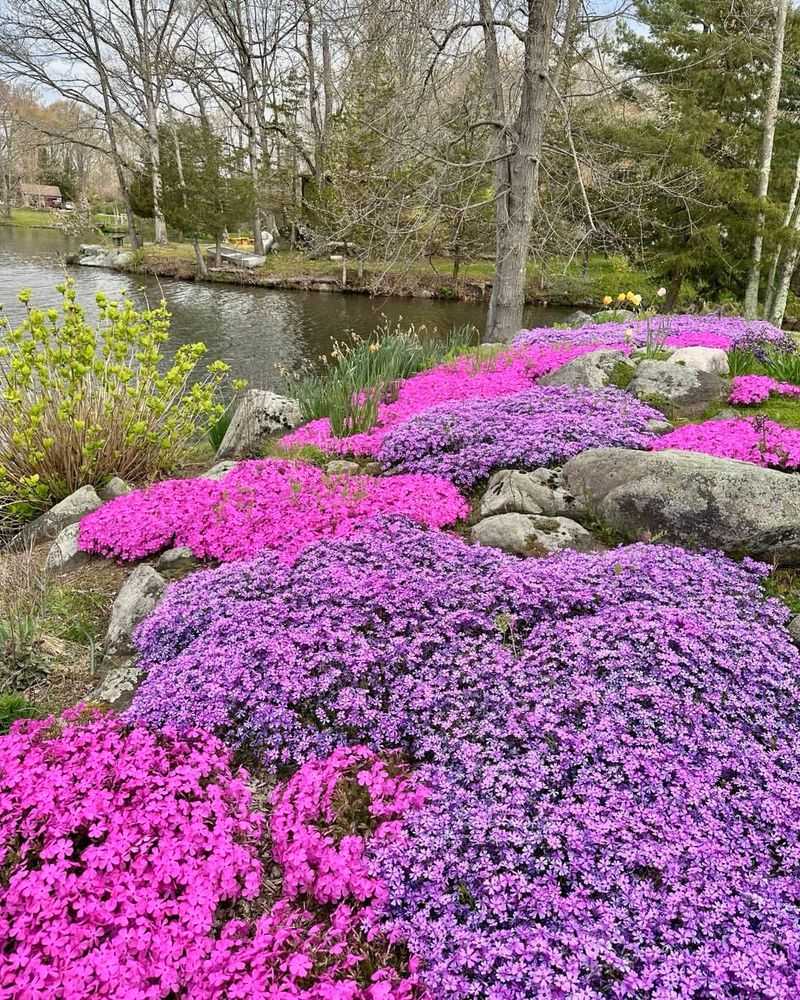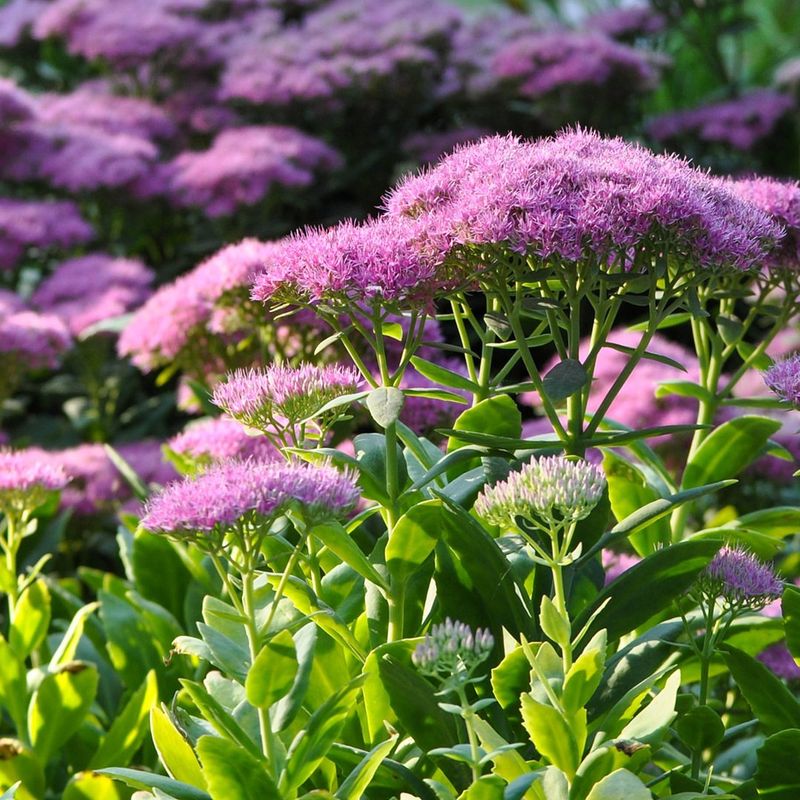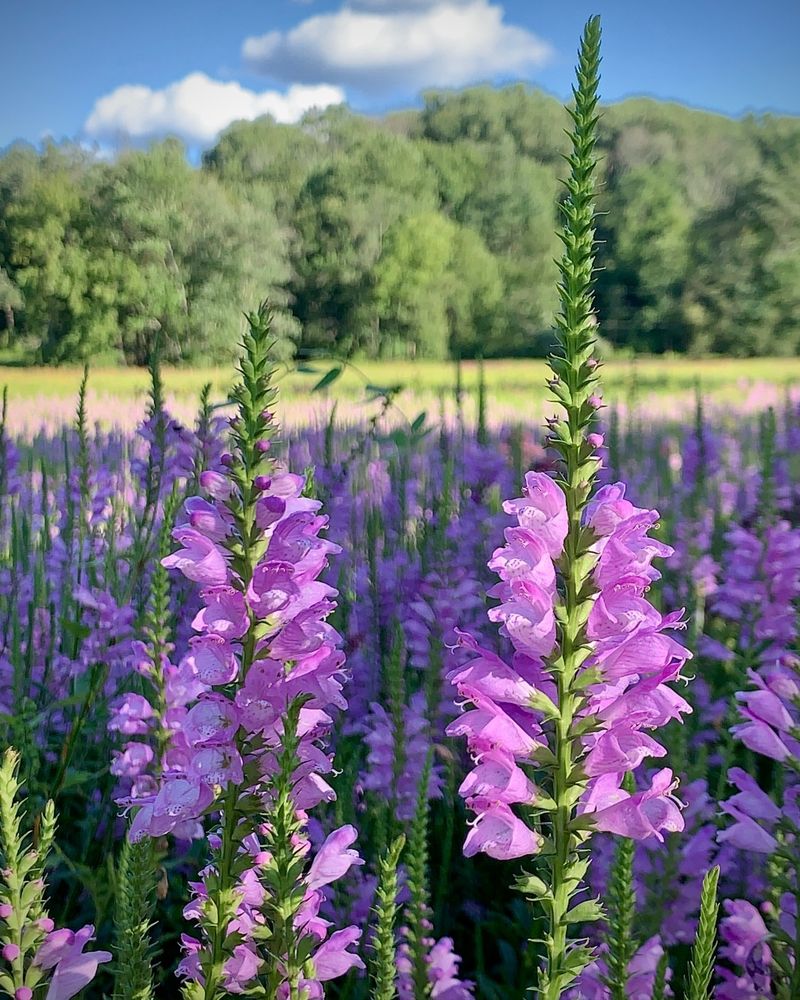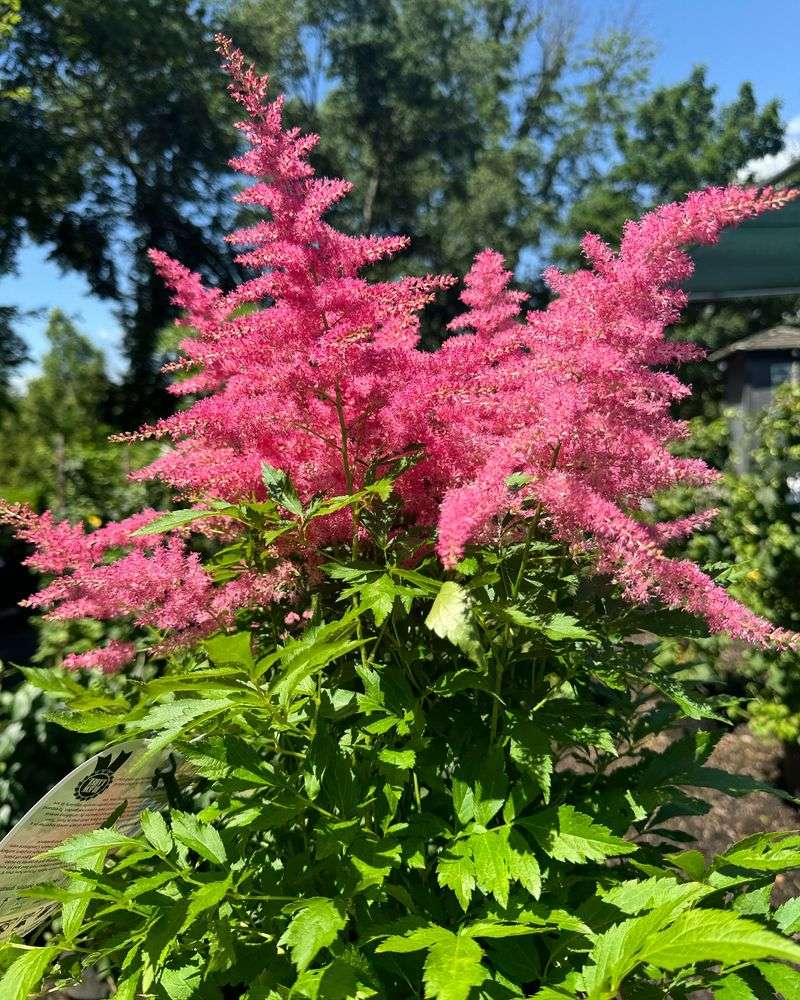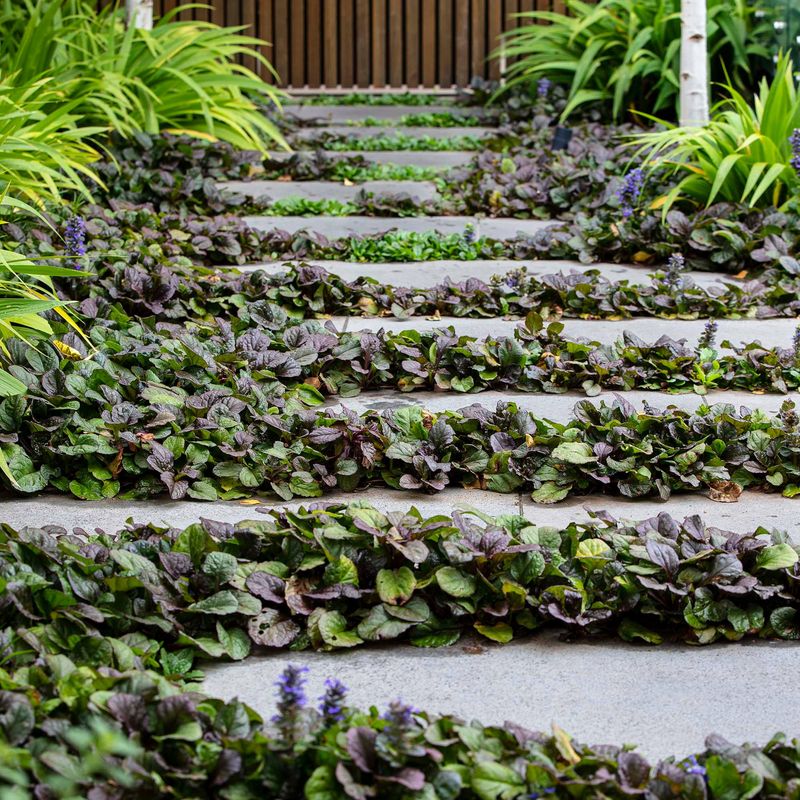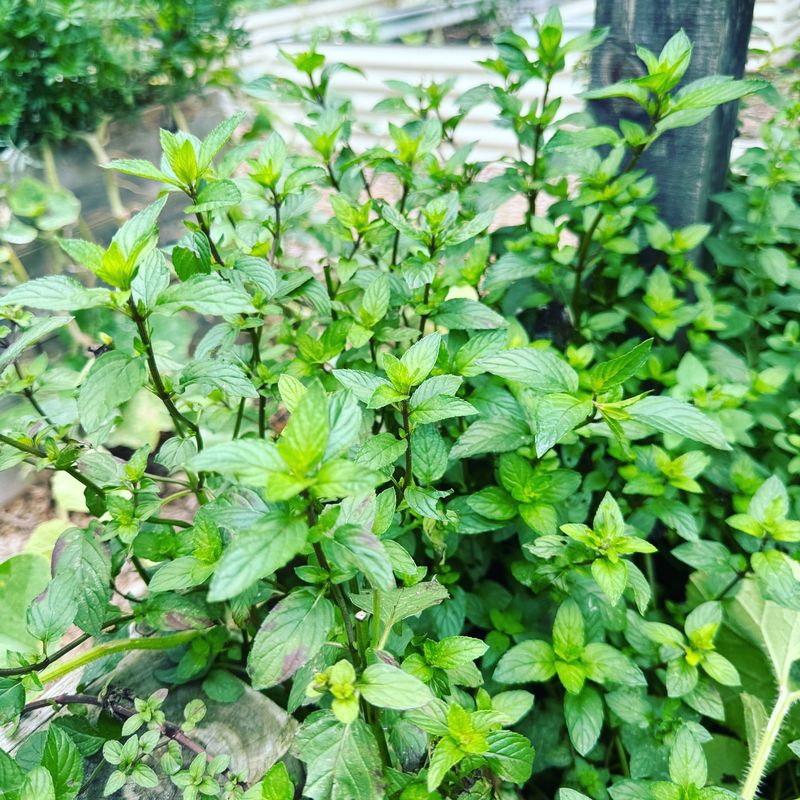In Michigan, some perennials have a magical way of coming back bigger and better each year. I love planting these hardy beauties and watching them slowly take over the garden in the best way.
Each season brings more color, texture, and life without extra effort. It’s rewarding to see a single plant turn into a lush patch year after year.
With perennials that multiply, your Michigan garden grows richer and more vibrant every season.
1. Black-Eyed Susan
Sunny yellow blooms create a cheerful display in Michigan gardens from midsummer through fall. Seeds scatter naturally, creating new plants while established clumps grow wider each year.
Michigan gardeners love these drought-tolerant natives for their ability to thrive in poor soil. They attract butterflies and birds who enjoy their seeds after flowering ends.
2. Lily of the Valley
Fragrant bell-shaped blooms appear in spring, releasing a sweet perfume throughout Michigan shade gardens. Underground rhizomes spread quickly, forming dense colonies in just a few seasons.
Many Michigan homeowners use these shade-lovers as groundcover under trees. Remember they’re poisonous despite their beauty, so plant away from areas where children or pets play.
3. Daylily
Hardy and virtually indestructible, daylilies thrive across Michigan’s various growing zones. The clumps expand outward each year, doubling or tripling in size within just a few seasons.
Michigan gardeners appreciate how these tough perennials shrug off poor soil and weather extremes. Dividing every few years keeps them blooming vigorously and provides free plants for other garden areas.
4. Hostas
Lush foliage in various shades of green, blue, and variegated patterns makes hostas perfect for Michigan’s shady spots. Clumps grow wider each year, eventually needing division to maintain vigor.
Many Michigan gardeners use hostas as problem-solvers for difficult shade areas. Their ability to multiply means you can start with just a few plants and eventually fill large spaces.
5. Bee Balm
Vibrant red, pink or purple flowers attract hummingbirds and butterflies to Michigan gardens in midsummer. Underground runners spread enthusiastically, creating new plants several inches from the original.
Michigan native plant enthusiasts appreciate bee balm’s wildlife value and medicinal history. The aromatic leaves release a pleasant minty-oregano scent when brushed against in the garden.
6. Iris
Elegant flowers in nearly every color of the rainbow appear in late spring in Michigan gardens. Their rhizomes creep along just below the soil surface, creating new fans of sword-shaped leaves each year.
Michigan gardeners often receive iris divisions as pass-along plants from friends and neighbors. Different varieties bloom at different times, allowing for weeks of color when planned properly.
7. Yarrow
Feathery foliage and flat-topped flower clusters in white, yellow, or pink thrive in Michigan’s sunny spots. Seeds scatter naturally while the crown expands outward, creating impressive clumps within a few seasons.
Many Michigan gardeners appreciate yarrow’s drought tolerance once established. The flowers dry beautifully for arrangements and attract beneficial insects that help control garden pests.
8. Coneflower
Purple, white, or pink daisy-like flowers with raised centers bring butterflies to Michigan gardens all summer. Self-seeding habits and expanding root systems create natural drifts of plants over time.
Michigan gardeners value coneflowers for their native status and medicinal properties. Their seedheads provide winter interest and food for goldfinches when left standing through the cold months.
9. Lamb’s Ear
Velvety silver-gray leaves form a soft, touchable groundcover that expands steadily in Michigan gardens. New rosettes form at the ends of short runners, creating a plush carpet effect in sunny areas.
Michigan gardeners often use lamb’s ear as a drought-tolerant border plant. Children especially love the fuzzy texture, making it a delightful sensory addition to family gardens across the state.
10. Creeping Phlox
Masses of pink, purple, or white flowers blanket Michigan gardens in early spring. Stems root where they touch the ground, allowing plants to spread into a colorful mat over rocks or slopes.
Many Michigan homeowners use creeping phlox to solve erosion problems on banks. The evergreen foliage provides year-round interest even when not covered in its spectacular spring blooms.
11. Sedum
Succulent foliage in various forms from low groundcovers to upright varieties thrives in Michigan’s sunny spots. Pieces that break off easily root where they fall, while established plants expand their footprint yearly.
Michigan gardeners appreciate sedum’s incredible drought tolerance and low maintenance needs. Fall-blooming varieties provide late-season nectar for butterflies preparing for migration across the Great Lakes.
12. Obedient Plant
Pretty pink snapdragon-like flowers on tall stems appear in late summer in Michigan gardens. Underground runners spread enthusiastically, sometimes too much so for small garden spaces.
Michigan gardeners with space to fill appreciate this native plant’s vigor and reliability. The name comes from the flowers’ tendency to stay in position when pushed sideways – a fun garden trick for visitors.
13. Astilbe
Feathery plumes in shades of pink, red, and white rise above ferny foliage in Michigan’s partial shade gardens. Clumps expand gradually each year, eventually forming impressive masses of texture and color.
Many Michigan gardeners use astilbes to brighten woodland gardens and north-facing foundations. Their tolerance for Michigan’s clay soils makes them especially valuable in areas where drainage is less than perfect.
14. Hardy Geranium
Delicate purple, pink, or blue flowers hover above mounded foliage from late spring through summer in Michigan gardens. Seeds scatter naturally while plants expand their footprint through creeping rhizomes.
Michigan gardeners value these true geraniums (not the annual Pelargoniums) for their shade tolerance and deer resistance. Some varieties develop beautiful fall color before dying back for winter, adding seasonal interest.
15. Ajuga
Low-growing rosettes of purple, bronze, or variegated foliage create a dense groundcover in Michigan’s shady areas. Runners spread rapidly, sending up spikes of blue flowers in spring while filling in bare spots.
Many Michigan homeowners use ajuga under trees where grass struggles to grow. Its evergreen nature provides winter interest when many other perennials have disappeared beneath the snow.
16. Mint
Aromatic leaves in various flavors from spearmint to chocolate make mint a sensory delight in Michigan herb gardens. Underground runners spread aggressively, often popping up several feet from the original plant.
Smart Michigan gardeners contain mint in buried pots to control its enthusiastic spreading habits. The plants thrive despite Michigan’s cold winters, often being the first herbs to emerge in spring.



